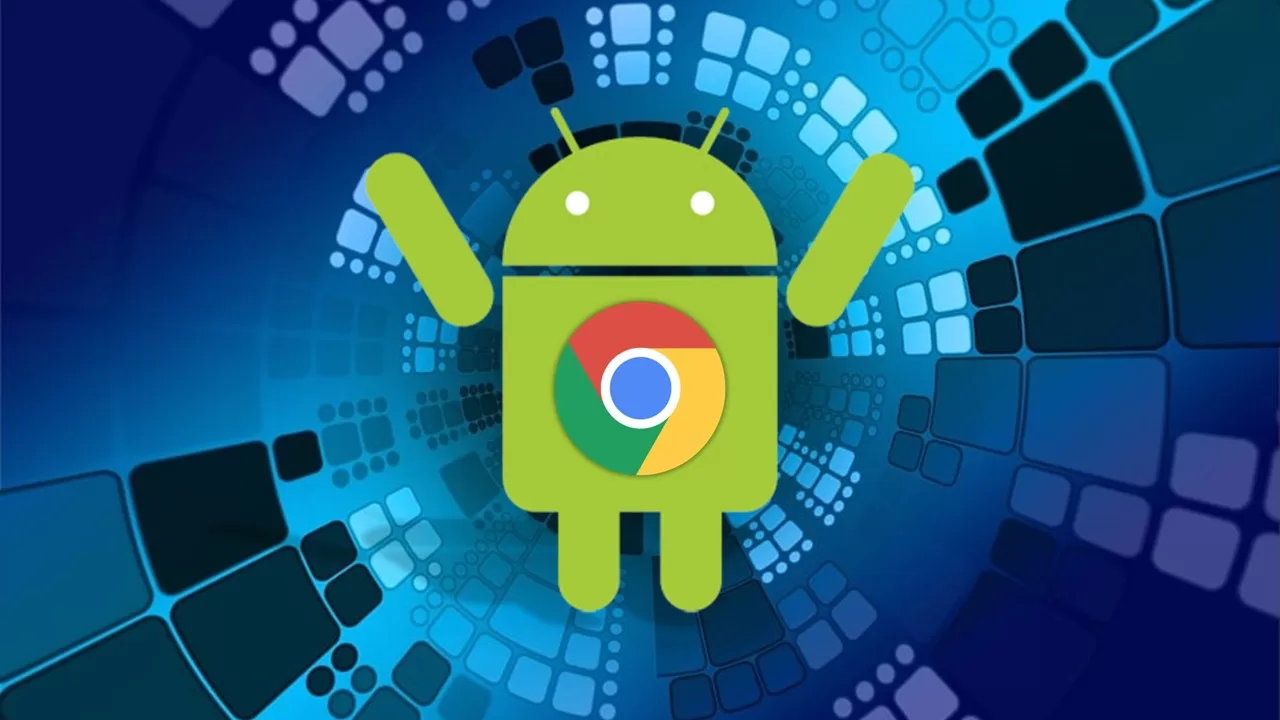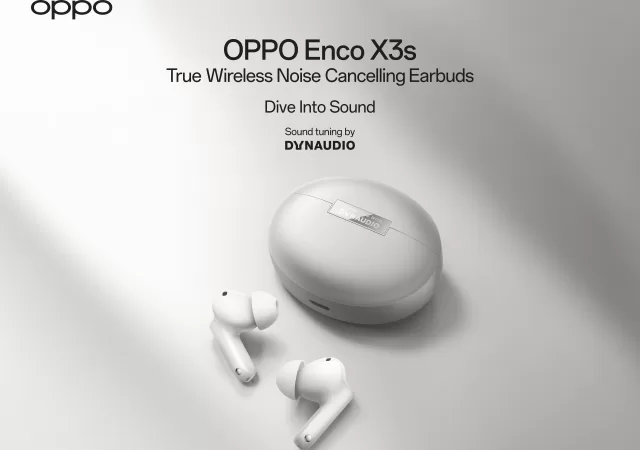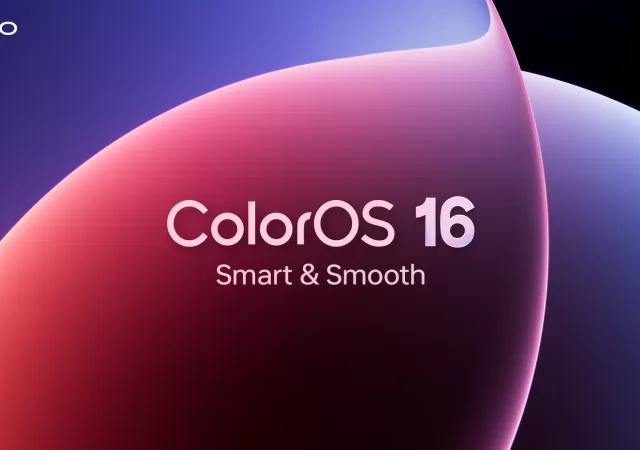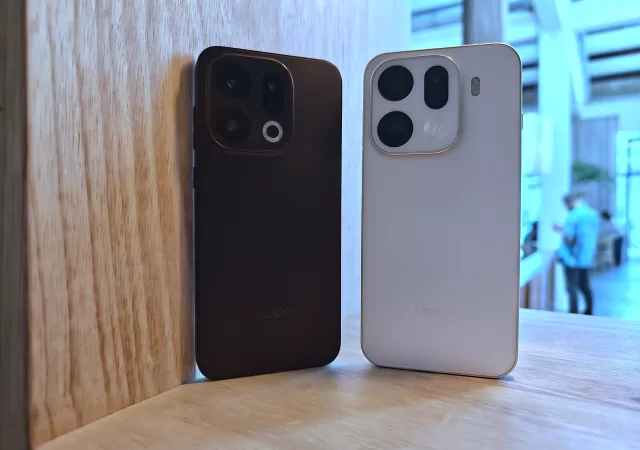For years, tech enthusiasts and industry watchers have speculated about the eventual merging of Google’s two major operating systems: Android and Chrome OS. Well, the speculation can finally be put to rest. Google has officially confirmed its plans to unify Chrome OS into Android. This move signals a significant shift in Google’s platform strategy, aiming for a more cohesive and powerful ecosystem.
Let’s quickly set the stage. Android is, of course, the world’s most popular mobile operating system, powering billions of smartphones, tablets, and a growing number of other smart devices. It’s known for its vast app ecosystem and flexibility. Chrome OS, on the other hand, is Google’s lightweight, cloud-centric operating system primarily found on Chromebook laptops. It’s built for speed, simplicity, and security, heavily relying on web applications and, more recently, Android apps.
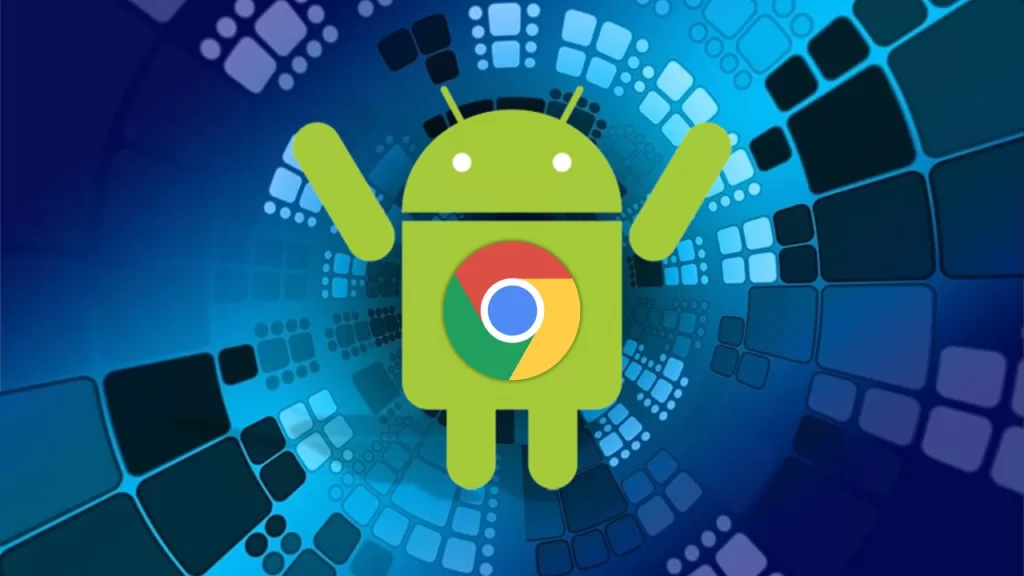
The idea of these two merging isn’t new. For a long time, there’s been chatter about a project codenamed “Andromeda” or similar efforts to bring the best of both worlds together. The reasoning was always clear: unify the user experience, streamline development for developers, and create a more robust platform that can seamlessly scale from phones to tablets to laptops. After all, having two separate, albeit related, operating systems for different form factors could seem a bit redundant to some.
While full details on the exact implementation are still emerging, the confirmation from Google’s Android head suggests a deep integration rather than just one OS running apps from the other. It’s about bringing Chrome OS’s strengths – its desktop-class window management, robust security, and efficient performance on lower-spec hardware – into the vast and versatile Android framework. This could mean a more desktop-like experience for Android tablets and foldable devices, and potentially a richer application environment for Chromebooks beyond just web and current Android apps.
Imagine a future where your Android phone seamlessly extends its capabilities to a larger screen, offering a full desktop interface with proper multitasking, all powered by a single, unified Android platform. This could also make devices like Samsung’s Galaxy Chromebooks feel even more integrated with their Galaxy phones3. Developers would likely benefit significantly, as they would be able to target a broader range of devices with a single Android application, reducing complexity and potentially fostering more innovative experiences across form factors.
This unification isn’t just about combining two names; it’s about consolidating Google’s efforts into one powerful, scalable platform that can truly adapt to the diverse computing needs of today and tomorrow. It’s a bold step that could redefine what we expect from our devices, creating a more fluid and integrated digital life within the Google ecosystem. The journey to a truly unified Android experience has officially begun.



